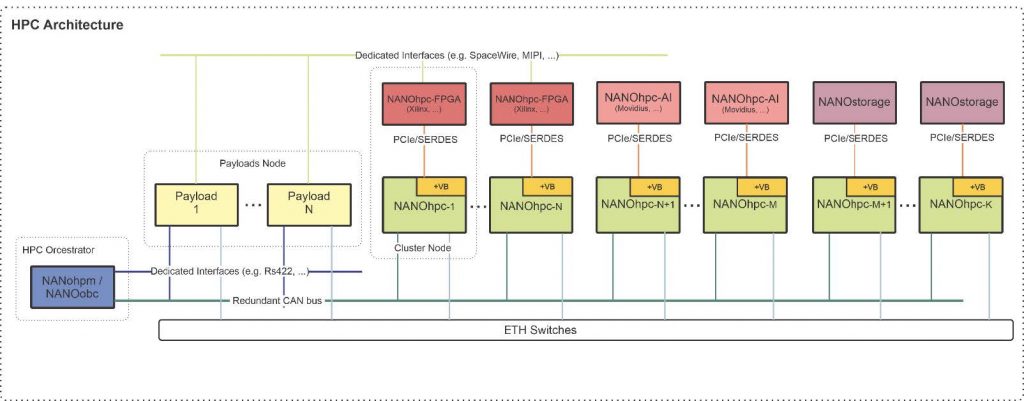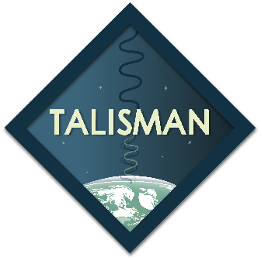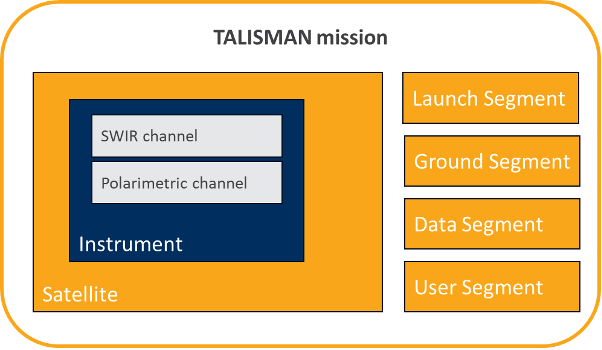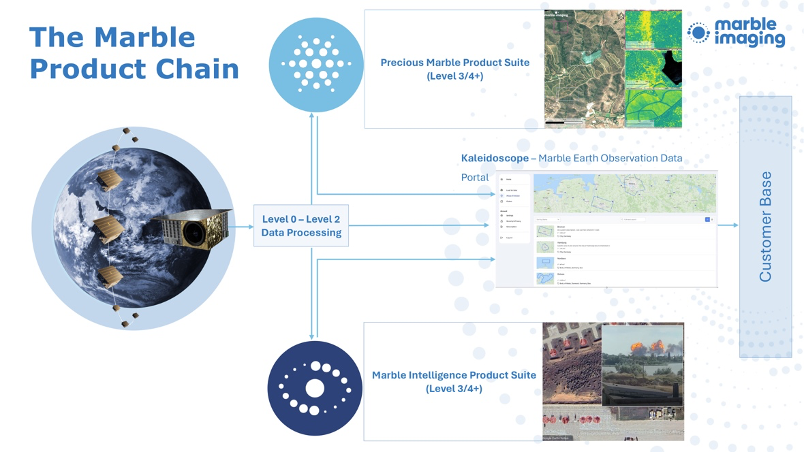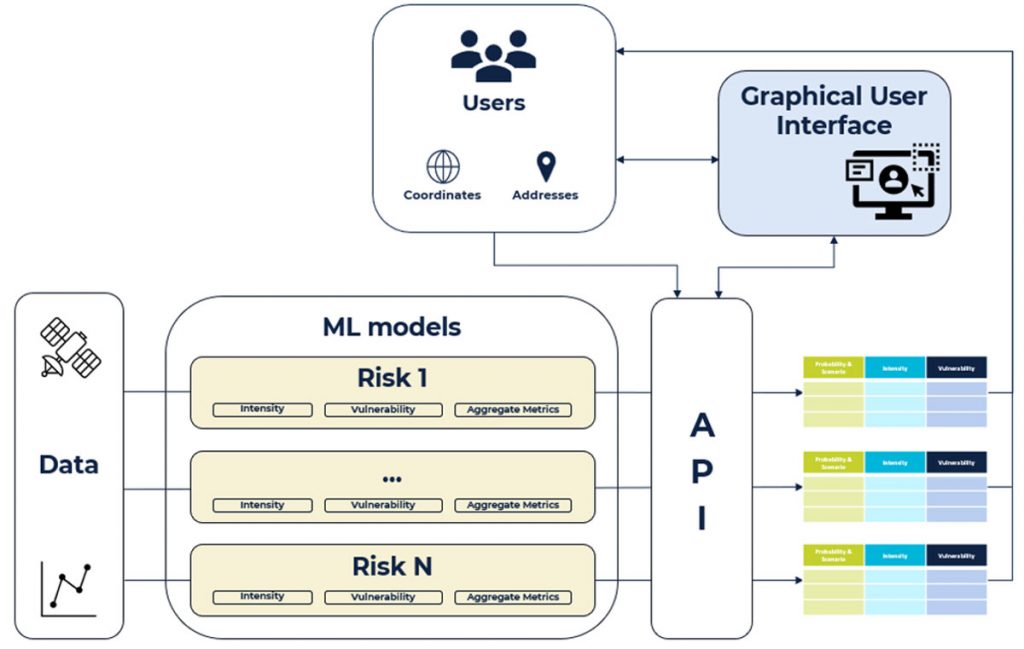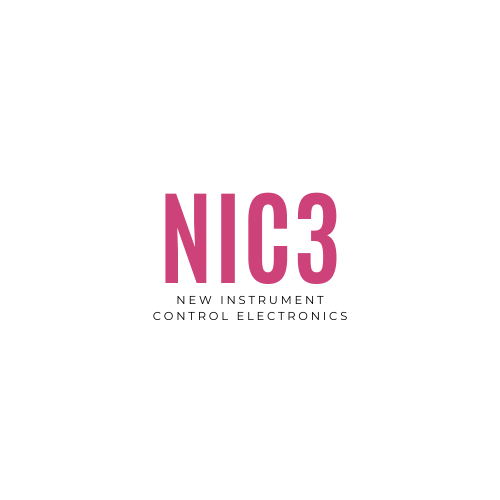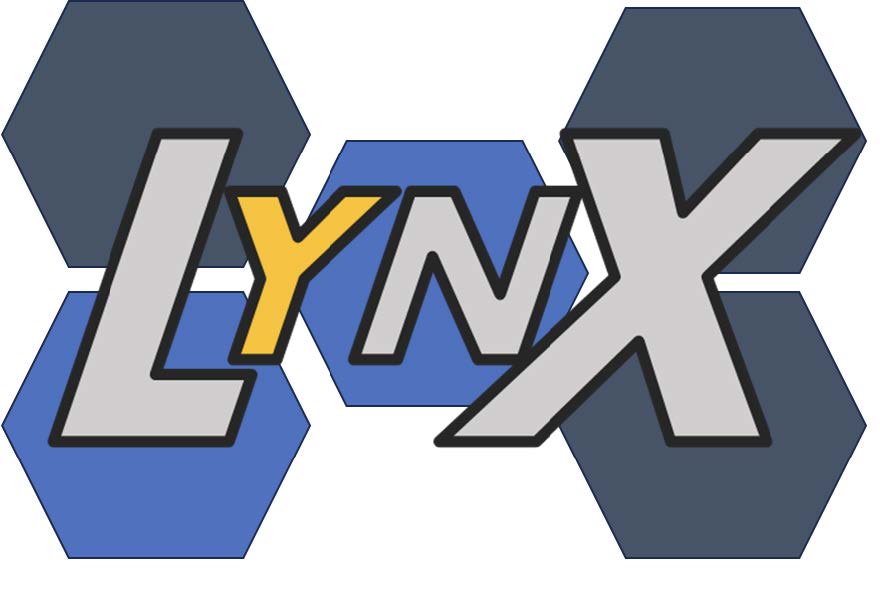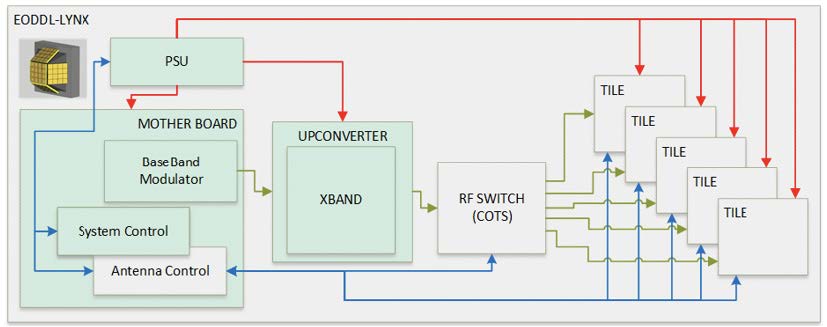Objectives of the Product
The current needs for Earth Observation (EO) satellites are evolving and we are witnessing an increasing quantity of data to be processed on-board, which is also correlated with the need for complex algorithms running on-board to process all the data in an efficient way, based on Artificial Intelligence and parallel computing. Currently, available solutions are based on commercial components able to address small satellites with very-low availability and reliability requirements. Potentially qualified solutions are being considered, based on AMD Versal with very-high power consumption and dissipation, suitable today only for very big platforms or telecom satellites. Consequently, there is a technology gap for data-processing modules on-board satellites. In particular, for high-reliability (class 1) medium-to-big EO satellites, a qualified solution to address high-performance parallel computing and AI is currently missing. Additionally, a qualified high-performance computing solution is also missing for high-availability/high-reliability smaller platforms, commercial satellites and constellations. The product that is offered to customers at the end of the activity is a high-end edge processing module qualified for class 1 missions. The module is based on a processing board, including a space-qualified GPU, to allow parallel computing acceleration and Artificial Intelligence algorithm implementation.
Customers and their Needs
Target customers for the high-end edge processing module are:
- Large System Integrators
- Software companies developing on-the-edge processing applications will be subcontracted by LSI to develop the software on the processing module
- Software companies developing on-the-edge processing applications
- Hardware provider companies for unit or satellite integration, targeting both big and small satellites
- R&D institutions to use it as a proof-of-concept board or in-orbit demonstrator
The target customer is involved during the requirement definition phase, as they can provide information on the environmental and mechanical constraints for a typical EO mission. This information is used to derive board thermo-mechanical constraints, definition of physical interfaces, size and expected power consumption of the module.
| Customer Segments | Customer Segment Problems/Needs | Customer Jobs STEP 1 | Pain STEP 2 | Gain STEP 3 |
| Large System Integrator and unit developer | Reliable and qualified high-performance accelerator for EO | Integrate qualified components/units on satellites | Class 1 missions require class 1 hardware accelerators, which are not available on market | considerable processing power; standardised data interface; reducing total costs and time-to-market. |
| NSE integrator companies | high-performance data handling and processing accelerator for EO | Providers of Commercial Platforms within New Space Economy | Data Handling and Data Processing boards are very complex to be designed and consumes most of the resources of a satellite developer. | Reducing time-to-market and costs; ease of programming; standardise data interface; enhanced processing power |
| Software companies | Develop on-the-edge processing applications | Developing custom AI applications for on-the-edge processing hardware | Limited developing flow on custom or reliable board for space system | ease of programming; customisable software flow; dedicated functions; AI enabler; |
| Porting of AI of parallel application for on-the-edge processing | Automatic porting tools do not support custom function or layers | |||
| R&D institutions | High cost of reliable solution; lack of equivalent boards | Design proof-of-concept board or in-orbit demonstration | Universities and R&D institutions require prototyping hardware that resembles the flight model with limited cost | ease of programming; customisable software flow; dedicated functions; AI enabler; research and development; |
Targeted customer/users countries
Europe. The target customers are companies working on the unit or satellite integration, or software companies who need to design the flight software to address the satellite mission requirements.
Product description
The product consists in a space-qualified printed-circuit board, including programmable devices to support high-performance computing, suitable for parallel processing and Artificial Intelligence algorithm implementation. figure below shows the product overall architecture its key modules and major interfaces.
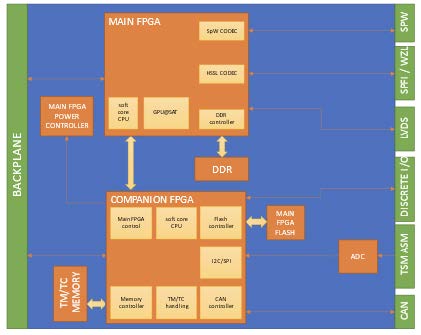
The product is composed by:
A Printed-Circuit Board, which includes the Main FPGA and companion FPGA, memory modules, power modules, standard or custom backplane interface and various standard interfaces commonly used in space applications (SpaceWire, CAN, discrete LVDS, SpaceFibre/WizardLink).
The product is a flexible processing module that will be able to accommodate different kinds of missions by offering:
- considerable processing power
- ease of programming (presence of a GPU for AI acceleration GPU@SAT)
- flexibility in terms of data interfaces (the most common interfaces used for space applications are included)
- qualified solution for class 1 mission (thanks to rad-hard components and qualified design)
Low-cost commercial missions can also benefit from such an off-the-shelf solution because a low-cost version of the product will be produced to cover the needs of such missions.
This solution will enable new mission concepts involving even more challenging mission requirements, thanks to the increased processing capabilities in a qualified solution for the space segment.
Added Value
The product delivered to the customer is a space-qualified solution for on-board high-performance computing suitable for parallel processing and Artificial Intelligence processing. The solution is suitable for both high reliability mission and for low-cost commercial missions. As the sensor data volume and algorithm complexity to be run on board the satellite are growing, it is not feasible to satisfy all the requirements with existing solutions. We are providing customers with a qualified solution suitable for high performance computing, ready to be integrated into electronic units or small platform. Building such a system from scratch requires a diverse set of engineering skills together with a large manpower commitment and development time. These required resources are typically not available in a unit or system integrator company. Therefore, the availability of such a product on the market will be very beneficial, saving a huge amount of time and money.
Current Status
The project has just kicked off. A preliminary set of requirements is already defined. Currently, we are engaging customers to provide feedback on environmental, mechanical and interface requirement. With these feedbacks, requirements definitions will be refined.


